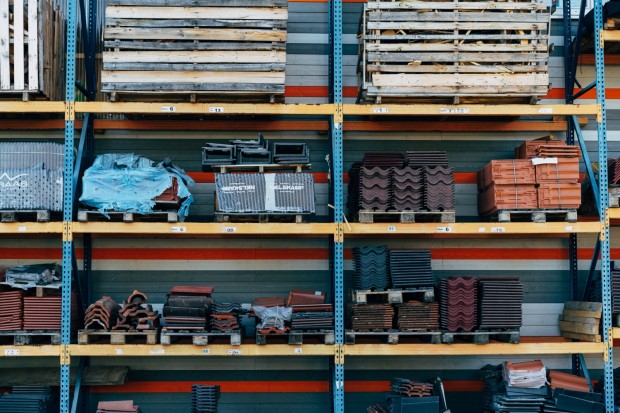Different sectors of the economy engage in innovation to stay ahead of the most recent developments and customers' preferences. As a result of the construction industry's ongoing efforts to enhance the quality of their work, various technologies are now being carried out. Find out more about these cutting-edge materials that will blow your mind.

(Photo : Pexels/Markus Winkler )
1. SensiTile
In this particular variety of tile, there are embedded concrete acrylic fiber-optic conduits responsible for transmitting light from one location to another. Whenever a human walks across the surface of Terrazzo, the light channels begin to flicker in a randomized manner that makes them twinkle.
Using tiles as flooring, in bathrooms, and even on ceilings allows you to have lights that twinkle follow you about the house. Tiles are available for use in all of these applications.
2. Electrified Wood
The Wood European manufacturing company is successful by utilizing materials capable of incorporating a source of electricity directly into tables and chairs. They made it feasible to run an electrical current through the entire item by inserting two metal layers pressed between the furniture's wood.
3. Flexicomb
Construction of lighting fixtures, furniture, and sculptural installations are all possible with this material, composed of a flexible honeycomb matrix. It comprises thousands of tightly packed polypropylene tubes that bend convex but remain rigid and concave.
The versatility of Flexicomb allows it to be utilized for virtually any purpose imaginable, a revolutionary technological advancement in the field of building materials.
Also Read: Concrete in Cold Weather: Engineers Pioneer Techniques to Safeguard Construction in Cold Environment
4. Pollution absorbing bricks
The technologically advanced material is intended to be included in the standard ventilation system of a building. It is constructed using a facade system that consists of two layers, with the specialized bricks on the exterior and the standard insulation on the interior.
5. Light-generating cement
As the construction industry continues to change, one of the most prominent trends is building energy-efficient structures- and energy-efficient components of cement functioning as a 'light bulb' are pervasive. Aside from many other applications, people can use them in parking lots, swimming pools, and road safety signs.
6. Carbon Fibre
The use of carbon fiber in sports has been going on for years, yet it is still considered a material of the future. More and more of this new material is being used in construction, which requires sturdy and lightweight materials. Accordingly, aluminum weighs 30% less than iron and 75% less than iron. Through the use of reinforcing steel and wood, carbon fiber makes brick and concrete more substantial, making panels thinner and lighter. While reinforcing concrete, carbon fibers also retain heat.
7. Pigmented Concrete
Incorporating pigmented concrete requires either moist concrete or dry powder. Iron oxide or synthetic dyes are usually utilized to produce these hues. Even though most people think of concrete as a gray color, it is possible to color it using pigments to create a wide range of colors, including brown, red, green, blue, and variations of these colors.
Moreover, after being subjected to the sun or harsh temperatures for an extended period, pigmented concrete is long-lasting and will not lose color. Concrete embellishments are complemented by the building's floors, walls, and other structural features.
Related Article: 6 Innovative Ways to Transform the Construction Industry Toward a Sustainable Future







